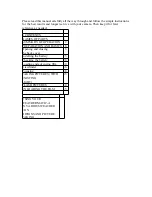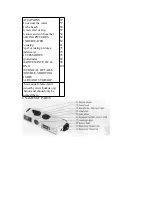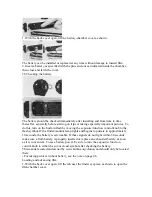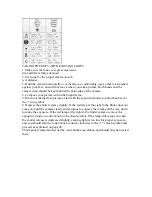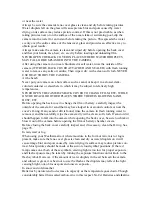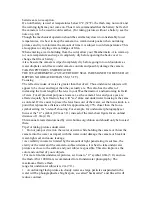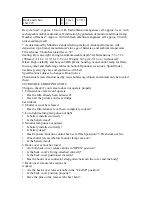
or near the water
Always be sure the camera's lens-cover glass is clean and dry before taking pictures.
Water droplets left on the glass will cause picture blur and spots caused by water
drying on its surface may reduce picture contrast. If this is not practicable, as when
taking pictures near or on the surface of the ocean, lake or swimming pool, dip the
camera into the water for an instant before taking the picture. This spreads the water
evenly over the entire surface of the lenscover glass and provides an effective way to
obtain good results.
Always make sure the camera is clean and wiped dry before opening the back cover
and that your hands, face, hair, etc. are dry before loading and unloading film.
NEVER OPEN THE BACK COVER IN PLACES WHERE WATER DROPLETS
MAY FALL OR BE SPLASHED INTO THE CAMERA.
After using the camera in or near chlorinated or salt water, rinse the outside of the
camera (WITH THE BACK COVER ATTACHED AND SEALED) with fresh running
water to remove any salts or residue. Then wipe it drv with a clean soft cloth. NEVER
USE HEAT TO DRY THE CAMERA.
At the beach
Never put your camera on a hot surface such as sand, or keep it in a closed, dark-
colored container or elsewhere in which it may be subject to relatively high
temperatures..
NEVER OPEN THE CAMERA'S BACK COVER TO CHANGE FILM, ETC, WHILE
ON THE BEACH OR OTHER PLACES WHERE THERE IS BLOWING SAND,
DUST, ETC.
Before opening the back cover to change the film or battery, carefully inspect the
outside of the camera for sand that may have lodged in or around controls or near the
cover's O-ring. If any sand or dirt is found, rinse the camera in fresh running water to
remove it and then carefully wipe the camera dry with a clean, soft cloth. If sand or dirt
should happen to fall into the camera while opening the back cover, be sure to whisk or
blow it out of the camera before opening the film or battery chamber covers.
Before closing the back cover carefully inspect and, if necessary, clean the O-ring. See
page 78.
In rain, mist or fog
When using your Weathermatic-A where moisture in the form or rain, mist or fog is
present, make sure the lens-cover glass is clean and dry as water droplets on it will
cause image blur and spots caused by water drying its surface may reduce picture con-
trast. Most pictures should be made at the sun or cloud symbol positions. If the red
lamp comes on at both of these symbols, existing light is too low for proper exposure
and flash exposure may be taken by turning the exposure/function control knob to the
flash symbol. However, if the amount of water droplets in the air between the camera
and subject is great, it is best not to use the flash as the droplets may reflect the light
causing bright, out-of-focus spots and uneven exposure.
In snow and cold weather
Batteries by nature tend to decrease in capacity as the temperature goes down. Though
considerably better than sealed carbon-zinc in this respect, Ni-Cd Batteries and alkaline


